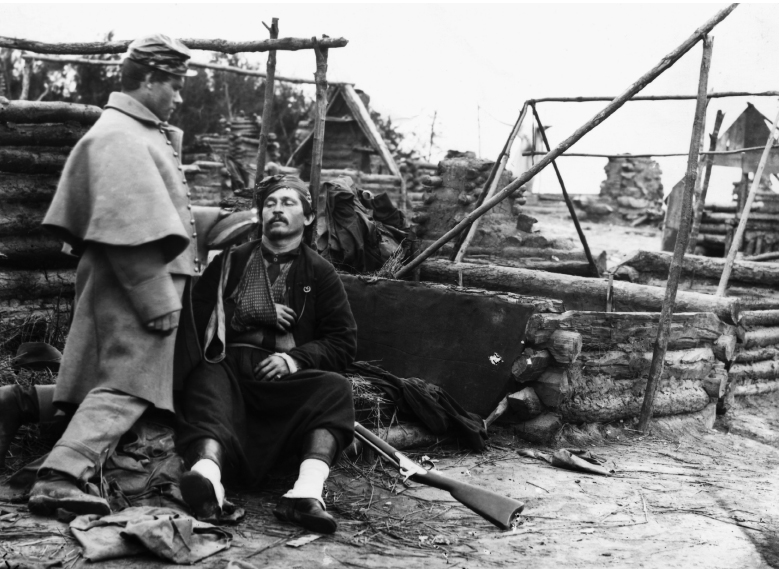National, Women’s, and Illustrated Magazines
With increases in literacy and public education, the development of faster printing technologies, and improvements in mail delivery (due to rail transportation), a market was created for more national magazines like the Saturday Evening Post. Whereas in 1825 one hundred magazines struggled for survival, by 1850 nearly six hundred magazines were being published regularly. (Thousands of others lasted less than a year.) Significant national magazines of the era included Graham’s Magazine (1840–58), one of the most influential and entertaining magazines in the country; Knickerbocker (1833–64), which published essays and literary works by Washington Irving, James Fenimore Cooper, and Nathaniel Hawthorne (preceding such national cultural magazines as the New Yorker and Harper’s); the Nation (1865–present), which pioneered the national political magazine format; and Youth’s Companion (1826–1929), one of the first successful national magazines for younger readers.
Besides the move to national circulation, other important developments in the magazine industry were under way. In 1828, Sarah Josepha Hale started the first magazine directed exclusively to a female audience: the Ladies’ Magazine. In addition to general-interest articles, the magazine advocated for women’s education, work, and property rights. After nine years and marginal success, Hale merged her magazine with its main rival, Godey’s Lady’s Book (1830–98), which she edited for the next forty years. By 1850, Godey’s, known for its colorful fashion illustrations in addition to its advocacy, achieved a circulation of 40,000 copies—at the time, the biggest distribution ever for a U.S. magazine. By 1860, circulation swelled to 150,000. Hale’s magazine played a central role in educating working- and middle-class women, who were denied access to higher education throughout the nineteenth century.
The other major development in magazine publishing during the mid-nineteenth century was the arrival of illustration. Like the first newspapers, early magazines were totally dependent on the printed word. By the mid-1850s, drawings, engravings, woodcuts, and other forms of illustration had become a major feature of magazines. During this time, Godey’s Lady’s Book employed up to 150 women to color-tint its magazine illustrations and stencil drawings by hand. Meanwhile, Harper’s New Monthly Magazine, founded in 1850, offered extensive woodcut illustrations with each issue. During the Civil War, many readers relied on Harper’s for its elaborate battlefield sketches. Publications like Harper’s married visual language to the printed word, helping to transform magazines into a mass medium. Bringing photographs into magazines took a bit longer. Mathew Brady and his colleagues, whose thirty-five hundred photos documented the Civil War, helped to popularize photography by the 1860s. But it was not until the 1890s that magazines and newspapers possessed the technology to reproduce photos in print media.
